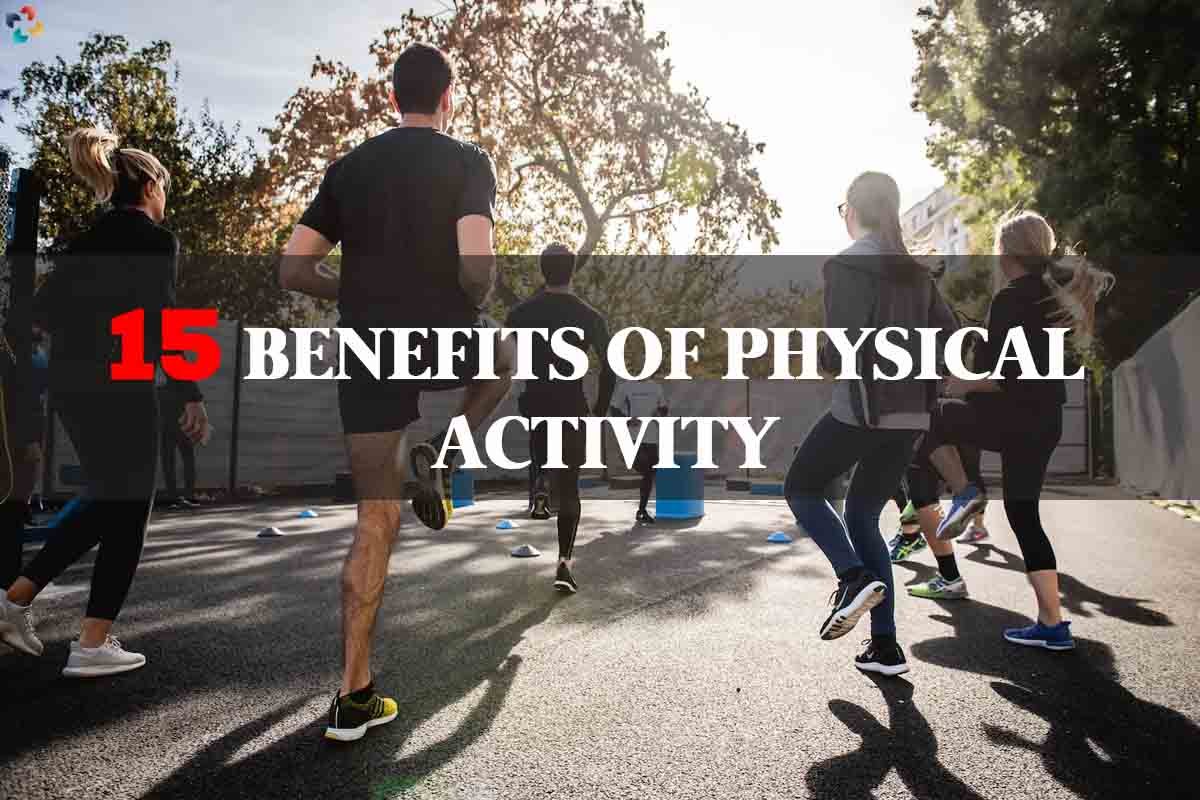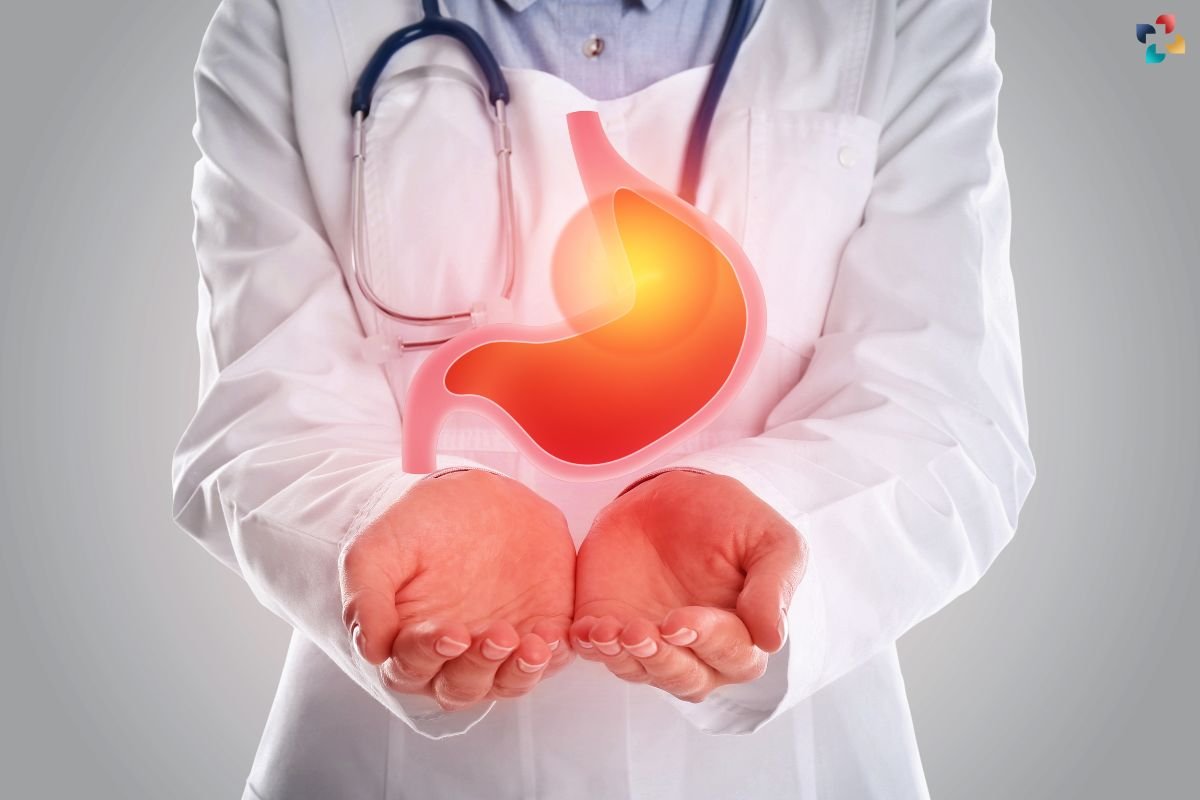Exercise-related heartburn is a common phenomenon that many individuals experience during physical activity. This discomfort, often characterized by a burning sensation in the chest or throat, can significantly impact one’s workout routine and overall well-being. In this comprehensive guide, we delve into the causes, prevention strategies, and effective management techniques for exercise-related heartburn.
What is Exercise-Related Heartburn?
It refers to the occurrence of acid reflux or gastroesophageal reflux (GER) during or after physical exertion. It manifests as a burning sensation in the chest, often accompanied by regurgitation of acidic stomach contents into the esophagus. This condition is particularly prevalent among athletes, fitness enthusiasts, and individuals who engage in vigorous exercise routines.
Causes of Exercise-Related Heartburn
Several factors contribute to the development of exercise-related heartburn:
- Increased Intra-abdominal Pressure: Intense physical activity, such as weightlifting or high-impact exercises, can elevate intra-abdominal pressure. This pressure may force stomach acids upward into the esophagus, triggering heartburn.
- Impact of Exercise on Digestion: Exercise accelerates digestion and may cause food and stomach acids to move more rapidly through the digestive system, increasing the likelihood of reflux.
- Body Positioning: Certain exercise positions, such as bending over or lying down immediately after eating or during exercise, can exacerbate reflux symptoms.
- Delayed Gastric Emptying: Strenuous exercise may delay the emptying of the stomach, leading to a prolonged presence of food and acids that can reflux into the esophagus.
Symptoms of Exercise-Related Heartburn
Recognizing the symptoms of exercise-related heartburn is crucial for timely intervention and management:
- Burning sensation in the chest (often behind the breastbone)
- Sour taste or regurgitation of acid in the throat
- Difficulty swallowing
- Chest pain that may worsen with bending over or lying down
Prevention Strategies
To minimize the occurrence of exercise-related heartburn, consider the following preventive measures:
- Modify Eating Habits: Avoid large meals or heavy snacks before exercise. Opt for lighter, easily digestible foods and allow adequate time for digestion before physical activity.
- Stay Hydrated: Adequate hydration can help dilute stomach acids and reduce the risk of reflux. However, avoid excessive fluid intake immediately before or during exercise, as it can exacerbate symptoms.
- Choose Exercise Wisely: Opt for exercises that are less likely to trigger reflux, such as walking, swimming, or cycling. Avoid high-impact activities or exercises that involve intense abdominal contractions.
- Maintain Proper Posture: During exercise, maintain an upright posture to minimize intra-abdominal pressure and reduce the likelihood of acid reflux.
- Medication Consideration: If you frequently experience exercise-related heartburn, consult a healthcare professional about appropriate over-the-counter or prescription medications to manage symptoms effectively.
Management Techniques

In addition to preventive measures, consider these management techniques if exercise-related heartburn occurs:
- Immediate Relief: Drink water or chew gum to stimulate saliva production, which can neutralize acid in the esophagus.
- Wait Before Lying Down: Avoid lying down immediately after exercise. Allow at least two hours for digestion to reduce the risk of reflux.
- Antacids: Over-the-counter antacids can provide temporary relief by neutralizing stomach acid. However, use them as directed and consult a healthcare provider if symptoms persist.
Expert Insights and Advice
Dietary Considerations:
- Avoid Trigger Foods: Certain foods and beverages, such as spicy dishes, citrus fruits, caffeine, and carbonated drinks, can exacerbate acid reflux. Limiting or avoiding these items before exercise can help prevent symptoms.
Lifestyle Adjustments:
- Gradual Warm-ups and Cool-downs: Incorporating gentle warm-up and cool-down exercises can help regulate digestion and minimize the risk of this.
Professional Advice:
- Consultation with Healthcare Providers: If exercise-related heartburn persists despite lifestyle modifications, seeking guidance from a healthcare provider or gastroenterologist is advisable. They can offer personalized recommendations and may suggest diagnostic tests to assess underlying causes.
Real-life Experiences and Testimonials
Intan’s Story: A Personal Journey with Exercise-related Heartburn
Intan, an avid runner and fitness enthusiast, shares her experience managing exercise-related heartburn:
“As someone who loves to run, I initially struggled with heartburn during my workouts. I found that adjusting my pre-run meals, focusing on hydration, and avoiding certain trigger foods made a significant difference. By listening to my body and making these simple changes, I’ve been able to enjoy my runs without discomfort.”
Additional Tips for Managing Exercise-Related Heartburn

Lifestyle Modifications:
- Timing of Meals: Allow at least 2-3 hours between your last meal and exercise to reduce the likelihood of reflux.
- Post-Exercise Practices: Avoid lying down immediately after exercise. Instead, stay upright or engage in gentle activities to aid digestion.
Environmental Factors:
- Temperature and Hydration: Extreme temperatures or dehydration can exacerbate heartburn symptoms during exercise. Stay hydrated with water and avoid overly hot or cold environments.
Stress Management:
- Mind-Body Techniques: Incorporate stress-reducing practices such as yoga, meditation, or deep breathing exercises to support digestive health and reduce the risk of exercise-related heartburn.
Emerging Research and Innovations
Wearable Technology:
- Monitoring Devices: Advances in wearable technology now include devices that monitor physiological indicators, potentially providing insights into heartburn triggers during exercise.
- Functional Foods: Research into the role of functional foods, such as probiotics and fiber-rich supplements, in managing gastrointestinal health during exercise is ongoing.

Community and Support
Online Communities:
- Peer Support: Engaging with online forums and communities can provide valuable insights and emotional support from others experiencing exercise-related heartburn.
Professional Networks:
- Healthcare Providers: Establishing a dialogue with healthcare providers specializing in gastroenterology or sports medicine can offer personalized guidance and treatment options.

15 Benefits of Physical Activity
A lack of physical exercise may also contribute to an increase in the number of times one goes to the doctor, the number of times one is hospitalized, and the number of times one takes medication to treat a range of ailments.
Conclusion
Exercise-related heartburn is a manageable condition that requires a multifaceted approach involving dietary adjustments, lifestyle modifications, and, when necessary, medical consultation. By integrating these strategies into your fitness routine, you can minimize discomfort and optimize your exercise experience.
Remember, proactive management of exercise-related heartburn not only enhances physical performance but also promotes overall well-being. Stay informed, listen to your body, and seek professional advice as needed to achieve a balanced and healthy lifestyle.
Final Thoughts
In conclusion, understanding the causes, symptoms, prevention strategies, and management techniques of exercise-related heartburn empowers individuals to take proactive steps toward maintaining digestive health while pursuing their fitness goals.
By addressing the unique challenges posed by this with knowledge and effective strategies, individuals can enjoy the benefits of physical activity without compromising their comfort and well-being.







